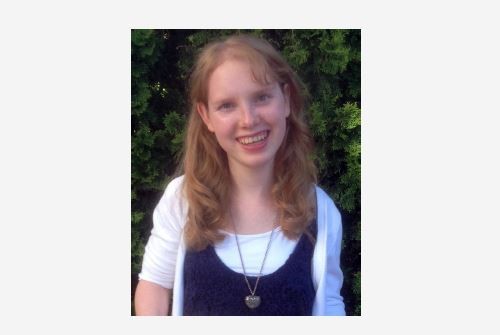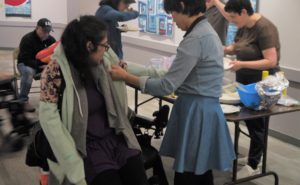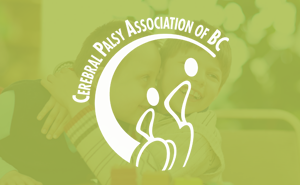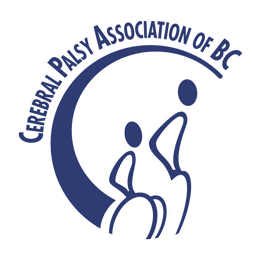By Melissa Lyon

I was born with epilepsy and mild cerebral palsy. If I were to personify my disabilities this is how I would describe them. My epilepsy is a gigantic, moody bully with anger management problems who doesn’t know when to leave the party. My cerebral palsy is an uptight snob who is always kicking me in the shins and vying for my attention.
But these aren’t the only people at the party. There is also the sweet, benevolent woman who speaks to me in a squeaky patronizing voice, trying to do everything for me. Beside her is a man dressed in a suit, (or is it a woman?), who doesn’t even think I belong at the party. Someone else brushes by me, as if I am not even there. Behind me I hear a couple of people talking about me in hushed tones.
I look across the room in the light coming from the window above and I see someone who is looking at me, just me… and smiling with pure acceptance. This is what inclusion feels like.
What is true inclusion?
I imagine that like love or happiness, a person’s idea of inclusion is different for everyone, but I will try to describe what my idea of true inclusion is. Of course, my definition of inclusion would incorporate the usual things such as better funding, removal of physical and curricular barriers, and better organization of the systems that we live and work in. More than that, though, to me inclusion is being a valued part of my community with recognition that I have strengths and weaknesses just like everyone else. I am not “special”. I have the same needs as others – the need to belong, the need to be useful, and the need to be respected. The focus needs to be shifted from the disability to the person. I believe that somehow, we need to normalize having a disability so that others just see it as being part of the full range of the human condition. So how can this be done? Here are a few suggestions:
Get to Know Us
A great first step to inclusion is to get to know people who have a disability. There should be more clubs and places to socialize that purposely try to include people with all different types of disabilities. There should also be more mentorship opportunities and an increased presence of people with disabilities in the workplace. This would require more flexibility, training, and funding to make this happen effectively.
Be Specific When Labeling
There are so many different labels used to refer to a person with an exception. Unfortunately, many words come with stigmas and myths about a person’s abilities. We all have our strengths and differences, so it would be great if people with disabilities weren’t segregated by language. The words used should empower and encourage. One way to do this is to be specific. For example, instead of saying “Johnny has a disability”, which can come with many preconceived ideas, try specifying how the disability affects Johnny by saying something like, “Johnny has mobility issues which limit his ability to climb the stairs”. These details can help one better understand what Johnny’s challenges are, rather than just using words like “disabled” or “disability”, which can lead to all sorts of misconceptions as to what Johnny actually experiences.
Use Person-First Language
Language has the power of showing what we value. My disability does not define me and the language that is used to describe my disability should reflect this. For instance, I am a person with epilepsy. I do not want to be referred to as an epileptic. By putting the person before the disability, it shows respect and acknowledges that the person is the focus and the disability is just a label.
Assume Ability
It amazes me how often people see that I have a disability and then assume that I can’t do things. Other reactions include speaking to me in a voice filled with pity or just ignoring me. I think that this is my biggest roadblock to inclusion. My hope is that once people with disabilities are represented more in typical work and community environments that others will start to recognize that we have strengths and that we may have experiences and knowledge to share that the typical person does not have.
With increased inclusion, my disability personified as a bully and its sidekick would become quieter and life would be much easier to deal with. Please make the choice to be the person who sees me…just me…not the poor girl with the disability. Acceptance is key.
Melissa Lyon is a 4th year University of Victoria Elementary Education honour student. She has cerebral palsy and epilepsy. She is actively involved on many disability advisory committees and special education teams. She also does a lot of public speaking in schools and in the community. She has an avid interest in assistive technology and hopes to teach online one day. Melissa strives to be a strong advocate for people with exceptionalities. m.lyon@telus.net
 Making an adapted fashion statement – Youth Without Limits
Making an adapted fashion statement – Youth Without Limits Pre-Employment
Pre-Employment

